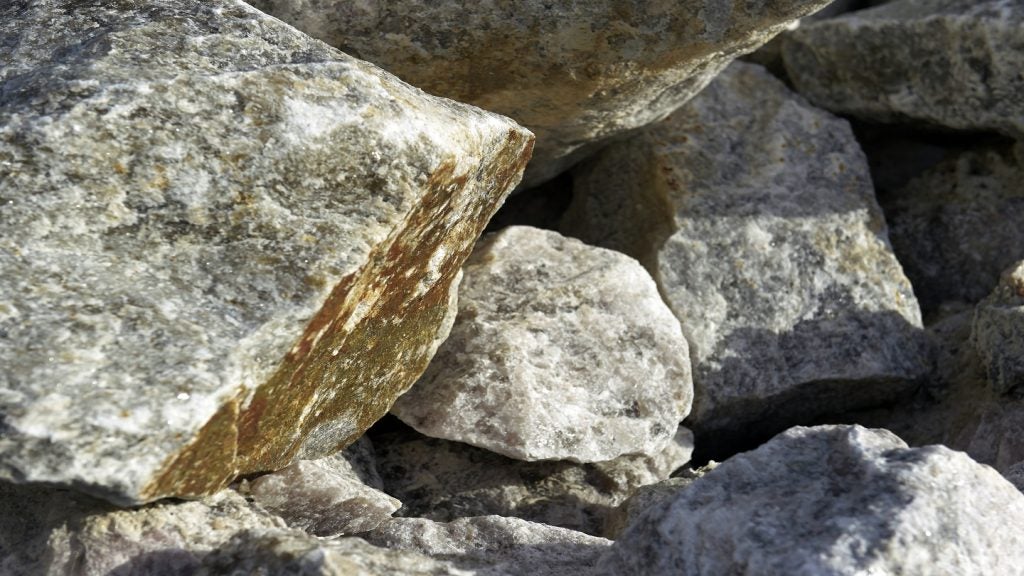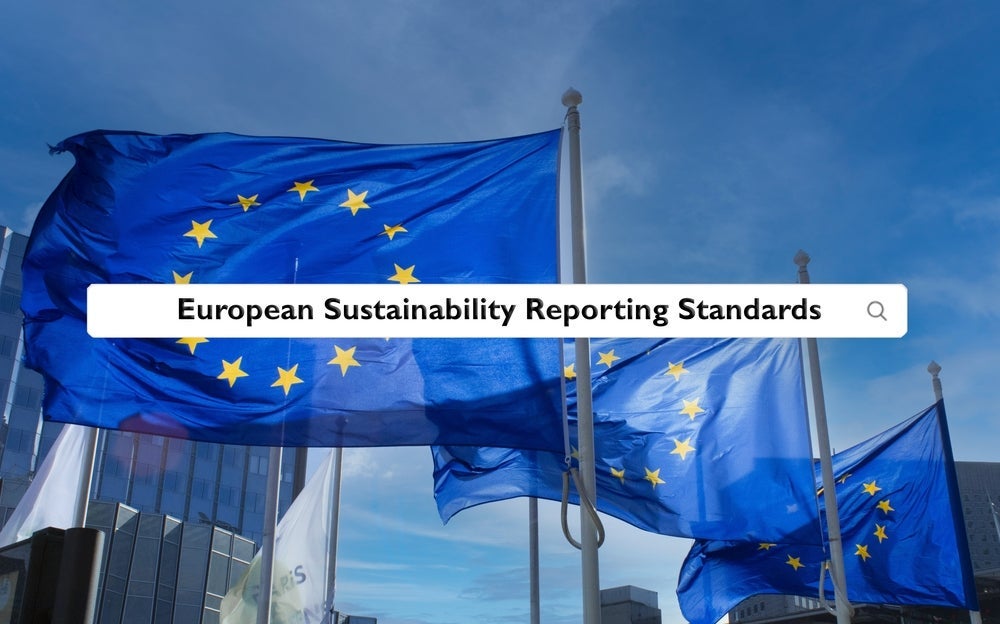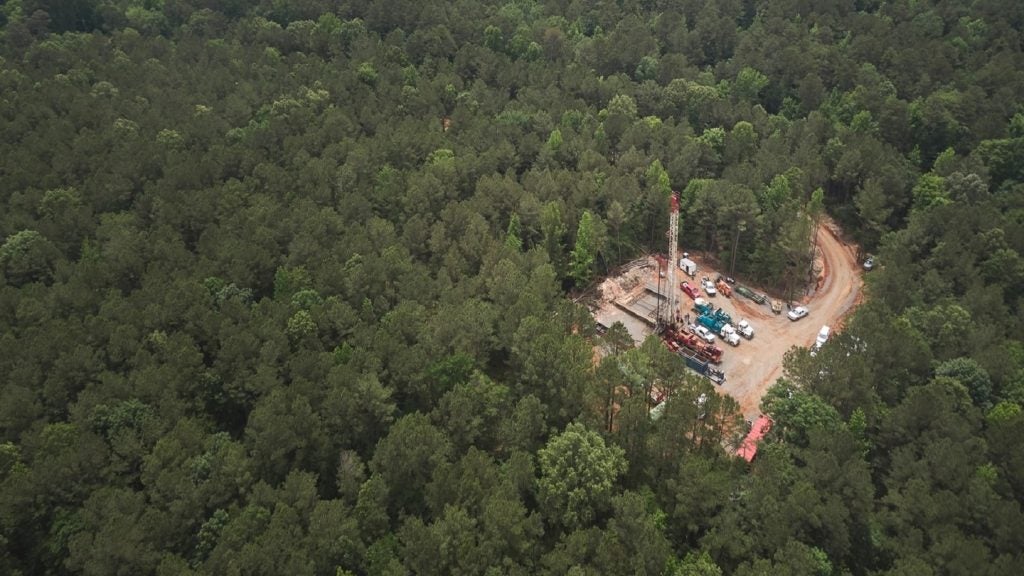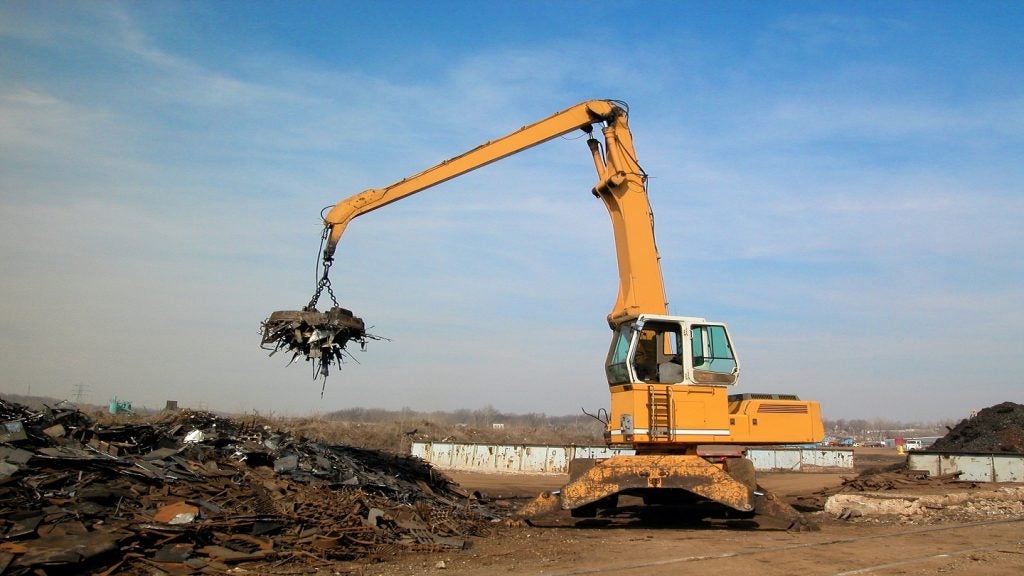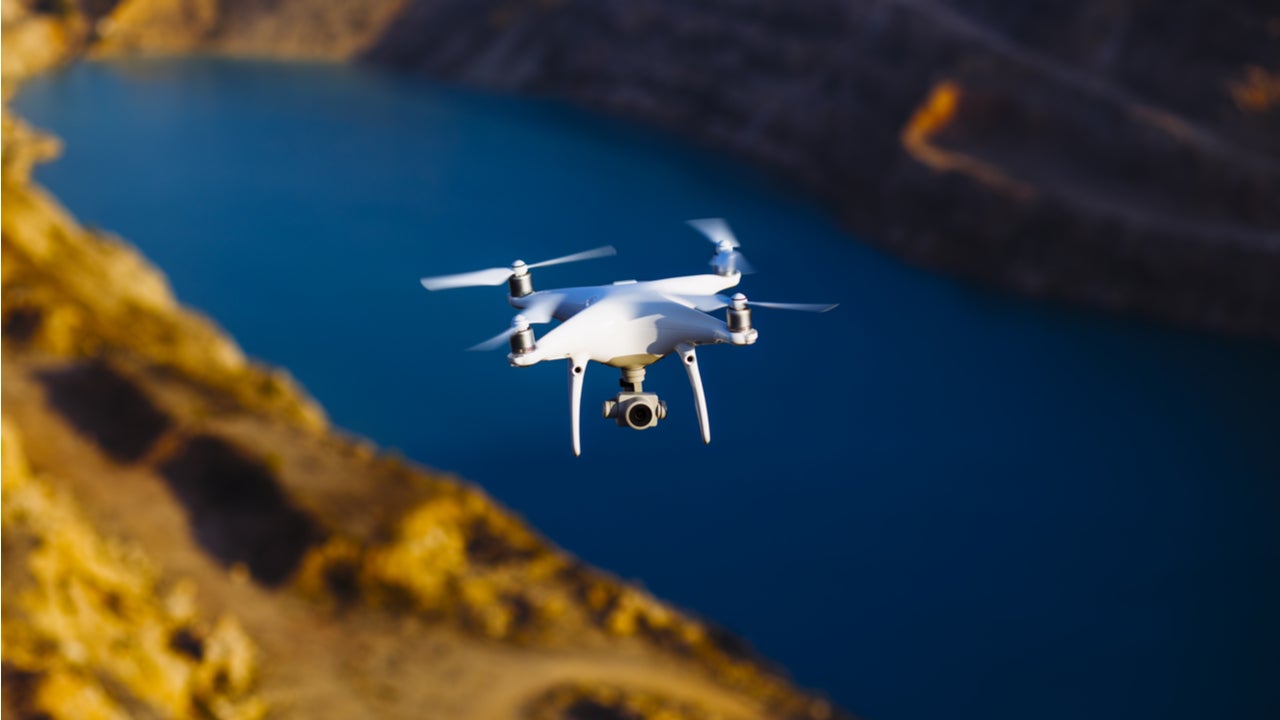
The mining industry is facing a tricky conundrum. It is clear that to drive the world’s ever-growing need for critical minerals and battery metals as we move towards green electrification, global mining efforts need to expand in scale, and rapidly. But there is a catch; mining is often extremely damaging to our environment, requiring vast amounts of power and water, the disruption or destruction of immense areas of land, and carries significant risk of contaminating resources with waste in the process. So how can we balance the often conflicting need to slow climate change through increased mining of battery metals, and avoid damaging our world in the process?
Modern problems demand modern solutions, and looking to the Internet of Things (IoT) and drone technology could open up the mining industry to a cleaner, greener future.
The numbers
The data reveals the startling need for mining to address its sustainability issue. An April 2023 report by the WWF entitled “Extracted Forests: Unearthing the role of mining-related deforestation as a driver of global deforestation” notes that mining is the fourth largest driver of deforestation, impacting up to a third of global forest ecosystems, and the damage is increasingly rapidly; over one third of the past two decade’s worth of mining-related deforestation took place within the past five years.
86%
The proportion of mining businesses with plans to use more IoT technology in the next year to measure sustainability
Source: ViaSat
“Metals are important for the development of human civilisation and the life we live today. But the footprint left by the extraction of these commodities has a heavy toll on ecosystems,” said Tobias Kind-Rieper, Global Lead Mining & Metals, WWF Germany.
Environmental damage can linger and worsen long after mines have ceased to operate; the US Environmental Protection Agency (EPA) estimates that abandoned hardrock mines have contributed to the contamination of 40% of all rivers, and 50% of all lakes, across the USA. Toxic chemicals including arsenic can easily seep into waterways around mine sites, and even efforts to understand the contamination can cause disaster, as it did in 2015 when an EPA investigation of the Gold King mine in Southern Colorado accidentally caused the rapid release of three million gallons of contaminated water, affecting rivers in three states and the Navajo Nation.
How well do you really know your competitors?
Access the most comprehensive Company Profiles on the market, powered by GlobalData. Save hours of research. Gain competitive edge.

Thank you!
Your download email will arrive shortly
Not ready to buy yet? Download a free sample
We are confident about the unique quality of our Company Profiles. However, we want you to make the most beneficial decision for your business, so we offer a free sample that you can download by submitting the below form
By GlobalDataOne study found that 47% of mining companies list environmental changes as their top priority for IoT deployments.
All of this fails to even touch on another major environmental concern, and often the first one that comes to mind: carbon emissions. A 2022 article published in Communications Earth & Environment claims that “The global metals and mining industry contributes to approximately 8% of the global carbon footprint”, calling the mining industry “a material contributor to global carbon emissions”
Given how high the stakes are, how can the industry leverage drones and the IoT to make mining a more sustainable sector? Some estimates suggest that more than eight in ten mining companies will look to IoT to assess sustainability. But why?
Know thy enemy
In order to best address mining’s sustainability problems, we first need to know how severe they are; arguably, this is one of the biggest strengths of IoT tech. One study found that 47% of mining companies list environmental changes as their top priority for IoT deployments.
Tailings dam failures, like the Jagersfontain disaster, cause immense damage to the environment. By placing IoT sensors in and around tailings dams, contaminant levels, as well as the integrity of the dam itself, can be continuously monitored to ensure that breaches don’t occur. Using IoT tech means that mining companies can address potential environmental breaches, even without being on site.
Remotely-piloted drones can fit into far smaller spaces than human beings, meaning less land needs to be destroyed in order to reach necessary resources.
Managing mine water usage and contamination levels is also a major potential use of IoT tech in mines. One study published in Water Resources and Industry, reviewed the potential use of IoT in managing mine water for sustainability, and summarised that “proper integration of the before described smart technologies will allow great improvements in dealing with structural and environmental issues, management of mine water as well as safety and security issues on the mine site.”
Taking it remote
If the pandemic has taught us anything, it is that so many more jobs are viable to be carried out remotely, and mining is no exception. Australian mining giant BHP has been increasingly using drones in its operations in Western Australia, and the company says it has been a major boost to the safety and comfort of workers.
Drone imaging can speed up the process of rehabilitating land damaged by mineral sand mining.
“We use drones to remove people from dull, dirty or dangerous duties,” said Shaun Van Goor, BHP’s chief remote pilot in an interview with ABC News. Other mining companies have been increasing their use of remote and drone technology too, including Nutrien, who have brought in remote mining terminals at their potash mining operations in Lanigan, Saskatchewan province, Canada.
Knowing that remote mining operations are increasingly possible brings significant hope for more sustainable mining in the future. Remotely-piloted drones can fit into far smaller spaces than human beings, meaning less land needs to be destroyed in order to reach necessary resources. Remote mining work could foreseeably reduce the need for fly-in, fly-out (FIFO) workers, reducing the need for carbon intensive flights and onsite housing operations with a large land footprint.
Repair and restore
Preventing environmental damage and excess carbon emissions from mining operations is a noble and necessary aim, but the fact remains that in many places, significant damage has already been done. It is all very well to say that “Prevention is better than cure”, but sometimes, as in Grande Côte Opérations’ (GCO, a subsidiary of Eramet) Senegalese mineral sands operations, the cure is very much needed.
Eramet, alongside strategic technology partner Capgemini, is using drone imaging to speed up the process of rehabilitating land damaged by GCO’s mineral sand mining in Senegal. Using drones to map all the land used by GCO, images are transmitted to Eramet and then processed by computer systems using algorithms combining deep learning technologies and computer vision. By looking at the results, Eramet can decide if replanting soil or having local communities plant food crops is the best option for rehabiliting the land. This means that land regeneration can happen faster than otherwise might be possible.
“The Connected Concession application is revolutionizing the way we work on an open pit mine site. It is a human, operational and technological transformation. Because we have an impact on the environment and on people, our objective in the years to come is to ensure that this impact is minimal or positive,” explains Ludovic Donati, Director of Transformation and Digital Performance at Eramet.
Charlotte Pierron-Perlès, Head of Intelligent Industry at Capgemini Invent, added: “We are particularly proud of this program, which demonstrates how our connected Intelligent Industry approach offers powerful levers of transformation for the benefit of the environment, thanks to technologies and in particular the application of data and artificial intelligence.”
The company hopes to expand the use of drone tech to monitor the health of water resources and identify alternative routes for the mine, and also plans to make the data and technology available to local communities, government authorities and non-governmental organisations in an open data context.
The outlook
It is clear that the untapped potential of IoT tech could bring major positive change to sustainability in the mining industry. It’s an opportunity that many firms are seizing – a study by Viasat Inc, has showed that 86% of mining businesses have plans to use more IoT technology in the next year to more accurately measure the success of sustainability plans.
As the need for mining to fuel electrification grows, it is clear that we need to look to more technologically-advanced solutions to ensure that the industry does not do more harm than good.



